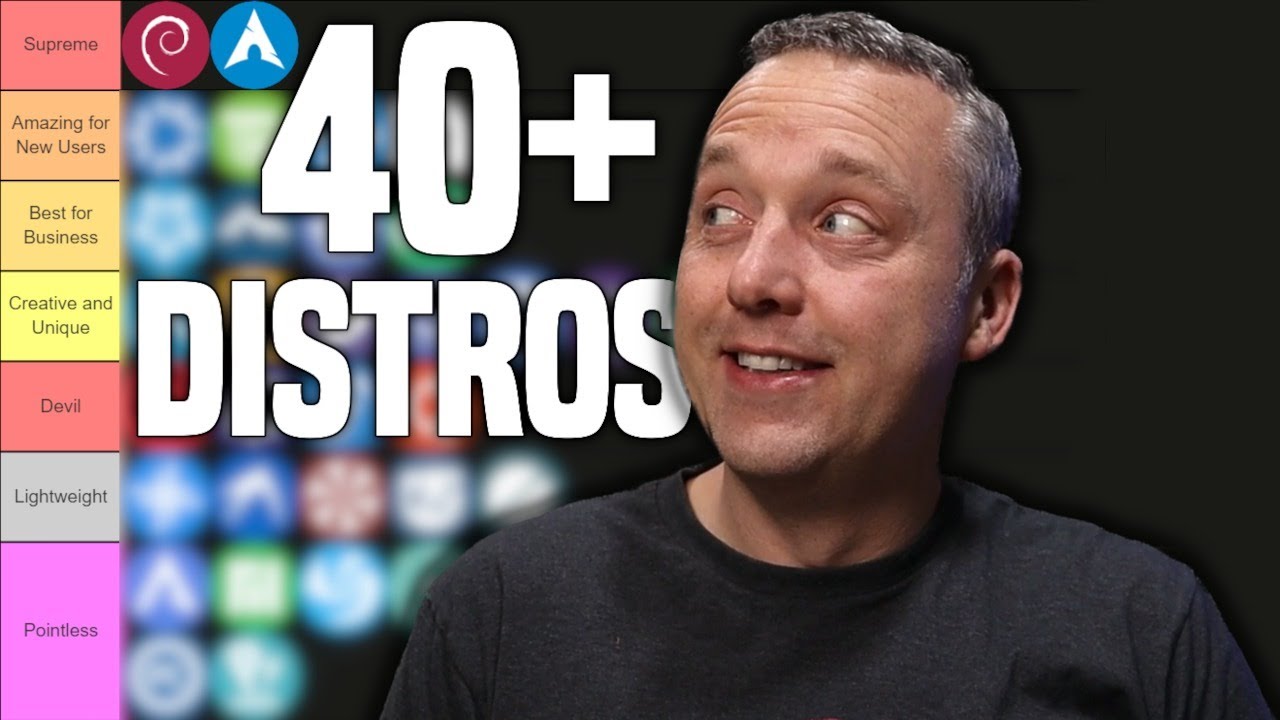Since i see so much linux talk on lemmy i got curious and watched a video about the common distros. How true is the information in this video? The person hardly describes why debian and arch are just better than every other distro. At least i’m definitely now curious about Mint or something for gaming.



The video is clickbait and a few of the distros are in categories just for dramatic effect. I personally share Chris’s criteria for “pointless” distros however, and I hope that his main “clickbait motive” was trying to stop people from hopping around from gimmick distro to gimmick distro when the real magic has always been with the Debian/Arch base underneath the hood. I don’t care to give Chris the attention he wants so I’d rather answer your questions instead of talk about the video directly:
I agree that Debian and Arch are “S-tier” distros. Not that they’re better than everything else for every usecase but they are very high quality community-run distros with large package bases, and they accomplish their mission statements with ease. If you’re a Linux power user for long enough you may eventually settle into one of these two distros because they give you a lot of room to mold your configuration without being opinionated by downstream distro maintainers.
Linux Mint is very good, and it’s probably the only “fork distro” that I recommend people use because it makes Debian/Ubuntu very simple and usable for new users, and it’s done so for many years with a great track record. I currently run Debian Stable but if you put a gun to my head and said “you can only run Linux Mint from now on” I’d be fine with it. Specifically, I prefer the LMDE edition but the normal version is good too.
You can run cutting-edge gaming stuff on Debian Stable and Linux Mint by using Flatpak Lutris/Steam, which uses its own cutting-edge Mesa package instead of the system’s, and you can also install a cutting-edge kernel on these stable distros by using Debian backports or e.g. XanMod. I prefer using stable distros like Debian Stable and pulling cutting-edge versions of your important packages through Flatpak or other means, which gives you a “stable base and rolling top”.
I think the general usecase for Arch has diminished from half a decade ago due to Flatpak’s popularity, and IMO a stable base setup makes more sense if you can get everything important that you need from Flatpaks. With Arch, not only are the programs you care about bleeding-edge, everything is bleeding-edge, and you may end up with annoying bugs from packages you didn’t even know existed.
If you want a more modern version of the Linux desktop without the bleeding-edge of Arch I think OpenSUSE Tumbleweed is a great cutting-edge distro. They have extensive automatic testing that ensures high system stability even while living near the edge of package freshness. The main downside is OpenSUSE’s smaller package base compared to Debian/Arch-based distros.